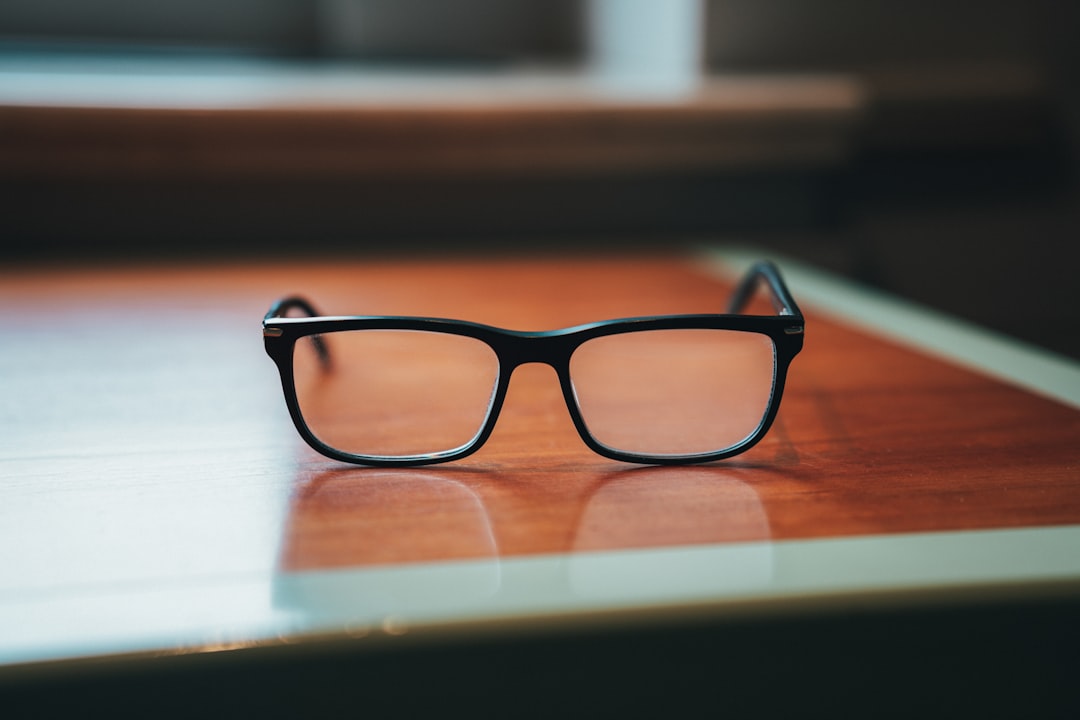Integrated façade systems represent a significant evolution in architectural design and engineering, merging aesthetics with functionality. These systems are not merely external cladding; they are comprehensive solutions that incorporate various building elements, including insulation, weatherproofing, and energy management systems. By integrating these components, architects and engineers can create façades that not only enhance the visual appeal of a building but also improve its overall performance.
The concept of integrated façade systems is rooted in the need for buildings to be more than just shelters. They must be efficient, sustainable, and responsive to their environment. This approach allows for a seamless interaction between the façade and the building’s internal systems, such as heating, ventilation, and air conditioning (HVAC).
By understanding how these systems work together, property owners and contractors can make informed decisions that lead to better building performance and longevity.
Key Takeaways
- Integrated façade systems combine multiple building systems into a single, cohesive unit to improve performance and aesthetics.
- Benefits of integrating building systems with modern façade designs include improved energy efficiency, enhanced indoor comfort, and reduced maintenance costs.
- Key considerations for integrating building systems with modern façade designs include compatibility of systems, coordination among different trades, and long-term maintenance planning.
- Technologies and innovations for integrated façade systems include smart glass, dynamic shading systems, and advanced building automation systems.
- Achieving energy efficiency through integrated building systems and modern façade designs can lead to significant cost savings and environmental benefits.
Benefits of Integrating Building Systems with Modern Façade Designs
Enhanced Energy Efficiency
By designing façades that work in harmony with HVAC systems and other building technologies, you can significantly reduce energy consumption. A well-insulated façade can minimise heat loss during winter months and keep interiors cool in summer, leading to lower energy bills and a reduced carbon footprint.
Improved Occupant Comfort
Integrated façade systems can improve occupant comfort by controlling natural light and ventilation through innovative design elements such as operable windows or shading devices, creating a more pleasant indoor environment. This not only enhances the quality of life for occupants but can also lead to increased productivity in commercial settings.
Smart Technologies for Optimised Performance
Modern façades can incorporate smart technologies that allow for real-time monitoring and adjustments, further optimising energy use and comfort levels.
Key Considerations for Integrating Building Systems with Modern Façade Designs

When considering the integration of building systems with modern façade designs, several key factors must be taken into account. First and foremost is the choice of materials. The materials used in the façade should not only complement the building’s aesthetic but also contribute to its thermal performance and durability.
For example, materials like high-performance glass or insulated panels can significantly enhance energy efficiency while providing a sleek appearance. Another critical consideration is the local climate. Understanding how weather patterns affect building performance is essential for designing an effective integrated façade system.
In regions with high rainfall, for instance, it is vital to ensure that the façade is designed to manage water effectively to prevent leaks and damage. Additionally, local regulations and building codes must be adhered to, ensuring that all integrated systems meet safety and performance standards.
Technologies and Innovations for Integrated Façade Systems
The landscape of integrated façade systems is continually evolving, driven by advancements in technology and materials science. One notable innovation is the use of Building Information Modelling (BIM), which allows architects and engineers to visualise and simulate how different systems will interact within a façade. This technology enables more precise planning and can help identify potential issues before construction begins.
Another exciting development is the incorporation of smart technologies into façades. These include sensors that monitor environmental conditions and adjust shading or ventilation accordingly. For example, dynamic glass can change its tint based on sunlight exposure, reducing glare while maintaining natural light levels inside.
Achieving Energy Efficiency through Integrated Building Systems and Modern Façade Designs
Energy efficiency is a primary goal for many property owners and developers today, and integrated building systems play a crucial role in achieving this objective. By designing façades that work in tandem with mechanical systems, you can create a holistic approach to energy management. For instance, incorporating thermal mass into the façade can help regulate indoor temperatures by absorbing heat during the day and releasing it at night.
Additionally, utilising renewable energy sources such as solar panels integrated into the façade can further enhance energy efficiency. These panels can generate electricity while serving as part of the building’s exterior, demonstrating that sustainability and aesthetics can coexist harmoniously. By prioritising energy efficiency in your façade design, you not only reduce operational costs but also contribute to a more sustainable future.
Challenges and Solutions for Integrating Building Systems with Modern Façade Designs

Despite the numerous benefits of integrating building systems with modern façade designs, several challenges can arise during the process. One common issue is the complexity of coordinating various systems, which can lead to delays or increased costs if not managed effectively. To mitigate this risk, it is essential to establish clear communication channels among all stakeholders involved in the project, including architects, engineers, contractors, and suppliers.
Another challenge is ensuring that the integrated systems perform as intended over time. Regular maintenance and monitoring are crucial to identify any issues early on before they escalate into significant problems. Implementing a robust maintenance plan that includes routine inspections and updates can help ensure that your integrated façade system continues to function optimally throughout its lifespan.
Case Studies of Successful Integration of Building Systems with Modern Façade Designs
Examining real-world examples of successful integrated façade systems can provide valuable insights into best practices and innovative solutions. One notable case is The Edge in Amsterdam, often hailed as one of the greenest buildings in the world. Its façade incorporates advanced technologies such as solar panels and automated shading devices that work in harmony with its energy management systems, resulting in exceptional energy efficiency.
Another example is the Bosco Verticale in Milan, which features residential towers adorned with trees and plants integrated into the façade design. This not only enhances aesthetic appeal but also improves air quality and provides natural insulation. These case studies illustrate how thoughtful integration of building systems with modern façade designs can lead to remarkable outcomes in terms of sustainability, functionality, and occupant satisfaction.
Future Trends in Integrated Building Systems and Modern Façade Designs
As we look ahead, several trends are emerging in the realm of integrated building systems and modern façade designs. One significant trend is the increasing focus on sustainability and resilience in architecture. As climate change continues to pose challenges for urban environments, there is a growing demand for façades that can withstand extreme weather conditions while minimising environmental impact.
Additionally, advancements in materials science are paving the way for more innovative façade solutions. For instance, self-cleaning materials are being developed that can reduce maintenance needs while enhancing aesthetic appeal.
In conclusion, integrating building systems with modern façade designs offers a multitude of benefits that extend beyond aesthetics to encompass energy efficiency, occupant comfort, and sustainability. By understanding the complexities involved in this integration process and staying abreast of emerging technologies and trends, property owners, contractors, and consultants can make informed decisions that lead to successful outcomes for their projects. FAQs: 1.
What are integrated façade systems?
Integrated façade systems combine various building elements such as insulation, weatherproofing, and energy management technologies into a cohesive design that enhances both aesthetics and performance. 2. How do integrated façades improve energy efficiency?
By harmonising with HVAC systems and utilising advanced materials and technologies, integrated façades can significantly reduce energy consumption while maintaining occupant comfort.
3. What challenges might arise when integrating building systems with façades?
Challenges include coordinating multiple systems effectively and ensuring long-term performance through regular maintenance. 4.
Can you provide examples of successful integrated façade projects?
Notable examples include The Edge in Amsterdam and Bosco Verticale in Milan, both of which showcase innovative integration of building systems with modern façade designs. 5. What future trends should we expect in integrated façade design?
Expect a greater emphasis on sustainability, resilience against climate change, advancements in materials science, and increased use of smart technologies in façades.
Integrating Building Systems with Modern Façade Designs is crucial for creating sustainable and efficient structures. One related article that delves deeper into this topic can be found on FacadeSpecialist.com. This article explores the importance of incorporating advanced building systems into contemporary façade designs to enhance energy efficiency and overall performance. By integrating technologies such as smart glass, solar panels, and ventilation systems, architects and designers can create buildings that not only look visually stunning but also function optimally in terms of energy consumption and environmental impact.
FAQs
What are building systems in the context of modern façade designs?
Building systems refer to the various components and technologies that are integrated into a building to ensure its functionality, safety, and efficiency. In the context of modern façade designs, building systems may include HVAC (heating, ventilation, and air conditioning), lighting, shading, insulation, and renewable energy systems.
Why is it important to integrate building systems with modern façade designs?
Integrating building systems with modern façade designs is important for optimizing the performance and sustainability of a building. By coordinating the design and implementation of building systems with the façade, it is possible to enhance energy efficiency, indoor comfort, and overall building performance.
What are the benefits of integrating building systems with modern façade designs?
Some of the benefits of integrating building systems with modern façade designs include improved energy efficiency, enhanced indoor comfort, reduced operational costs, lower environmental impact, and increased overall building performance. This integration also allows for a more cohesive and aesthetically pleasing architectural design.
What are some examples of building systems that can be integrated with modern façade designs?
Examples of building systems that can be integrated with modern façade designs include smart shading systems, advanced glazing technologies, integrated lighting and HVAC controls, renewable energy systems such as solar panels, and innovative insulation materials. These systems can be seamlessly incorporated into the overall architectural design of the building.
How does the integration of building systems with modern façade designs contribute to sustainable building practices?
The integration of building systems with modern façade designs contributes to sustainable building practices by improving energy efficiency, reducing reliance on non-renewable resources, minimizing environmental impact, and enhancing occupant comfort and well-being. This approach aligns with the principles of sustainable and green building design.
